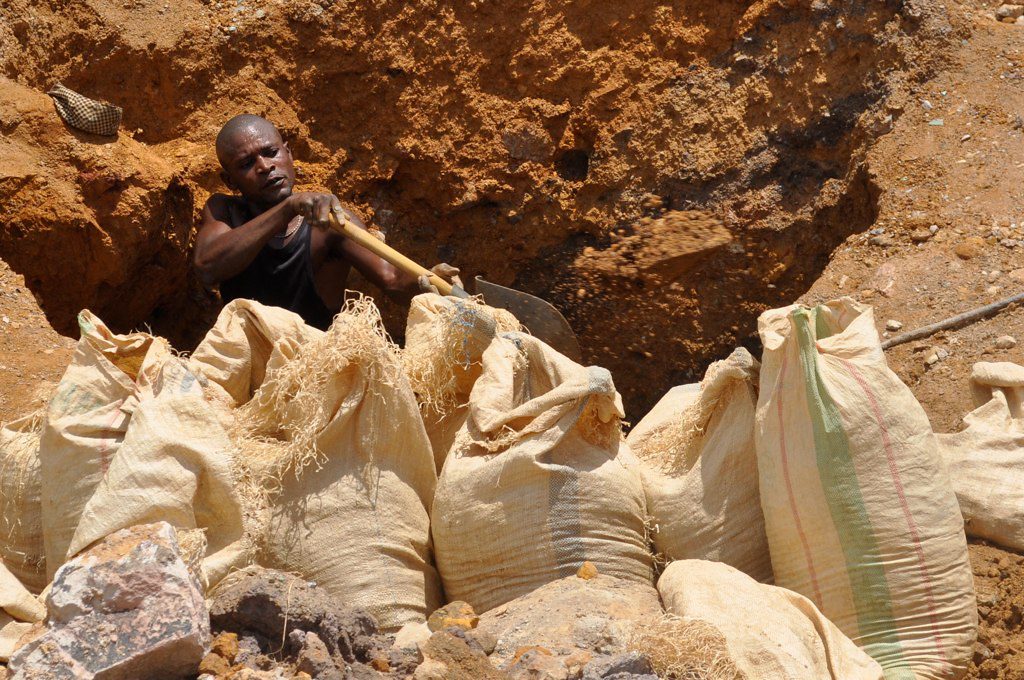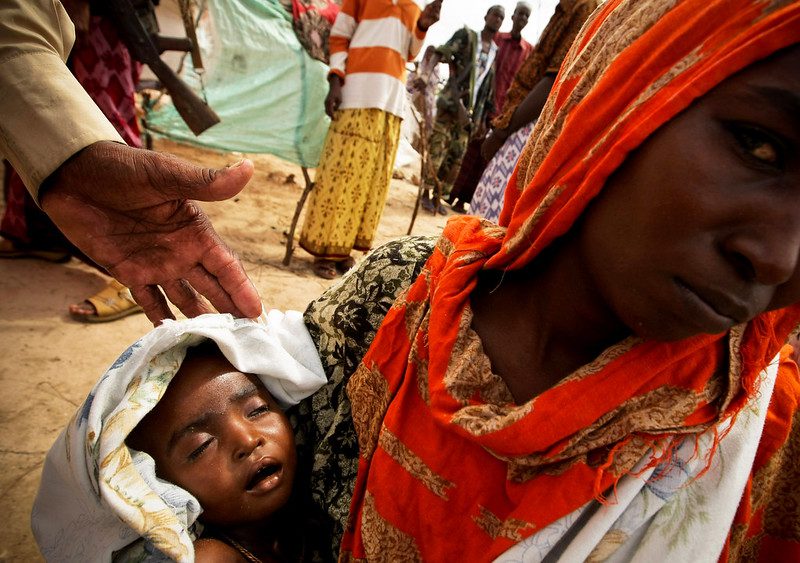This piece was originally published by the International Peace Institute Global Observatory on April 28, 2017.
Stephen O’Brien, head of the United Nations Office for the Coordination of Humanitarian Affairs, briefed the UN Security Council on March 10 on the famine in South Sudan and the dangers of imminent famine in northeastern Nigeria, Somalia, and Yemen. O’Brien made a clear call to action. His opening words were, however, hyberbolic: “We stand at a critical point in history. Already at the beginning of the year we are facing the largest humanitarian crisis since the creation of the United Nations.”
In fact, in the seven decades since World War II, the numbers of people who die from famines has fallen spectacularly. The drumbeat of 10 million starving every decade has faded to a small fraction of that toll, and the near-elimination of famine mortality is one of the great achievements of our time. But O’Brien is correct that we are at a historic turning point: The global decline in famines and famine deaths has suddenly halted and is being reversed; not because of climate or natural disaster, but because of war and atrocity.
There were many reasons for the under-recognized success in reducing famines: growing prosperity in Asia, the end of totalitarianism and wars of annihilation, and the control or elimination of killer diseases such as smallpox and typhus that killed millions of malnourished children. But credit also belongs to the international humanitarian response system. Twenty years ago I criticized the ”humanitarian international” for failing to deal with the political causes of mass starvation, but today it is clear that a professional and effective—and more politically aware—humanitarianism played its part in the near-conquest of famine.
One component of this progress was an agreed set of standards for measuring famines, called the Integrated Phase Classification system (IPC). It was set up 10 years ago following crises in Ethiopia and Somalia in order to minimize political controversy over how stages of food insecurity are measured. “Famine” is declared at level five.
No purely technical instrument can eliminate the basic fact that crying “famine!” is a political act. Last year, there was fierce debate over whether the situation in South Sudan qualified as famine. The aggregate indicators pointed to yes, but the question of whether people who drowned while seeking safety and food should count toward the mortality measure, meant that there was a technical reason to prevaricate. As a compromise, South Sudan’s IPC committee awarded the worst-hit areas a category 4!, with the exclamation point indicating that ongoing relief aid was all that stood in the way of outright famine.
Despite such hiccups, the IPC scale provides an empirical basis on which to make an assessment and conduct a discussion. Beforehand, calling famine was entirely subjective. Now humanitarians have a tool with which to make their case to the politicians.
In 2011, the declaration of famine in Somalia did what it was supposed to. The UN agencies were well aware of the disaster. But a full-scale emergency response was hampered because the USA PATRIOT Act criminalized any actions that might help, even inadvertently in a very minor way, a group on the terrorist list, which included the al-Shabaab militant group that controlled many starving communities. The famine declaration triggered action in Washington DC to work around these restrictions.
O’Brien used the February 2017 famine declaration in South Sudan and the warnings in the three other countries to good effect. He put those humanitarian crises on the political map. In that regard, the system worked. And his specific calls to action were also on the mark.
First, O’Brien called for “preserving and restoring normal access to food and ensuring all parties’ compliance with international humanitarian law.” This is particularly salient for Yemen, where the collapse in commercial food imports is the number one contributor to food crisis, which in turn is caused by blockade of the port of al Hudaidah by the Gulf Cooperation Council forces, and the siege of Taizz by Houthis. Second, O’Brien called for the belligerents in each country to facilitate access by humanitarian actors. And, third, he emphasized that famine would end, or be prevented, by stopping the fighting. Conspicuously and correctly, he didn’t make an appeal for charity: It isn’t philanthropy, but law and politics, which will halt these famines.
The IPC system can be improved. One technical enhancement would be to include a measure of the magnitude of the food crisis (total number of people affected) as well as its severity (how hard it hits in a particular location). By the magnitude measure, Yemen leaps to the head of the list, with over seven million people in urgent need. Another small but significant change would be to include all distress-related deaths—such as exhaustion and drowning—in the measure of mortality, properly recognizing that famine is an overall social crisis, not just an epidemic of malnutrition.
Overall, today’s famine warning and response system is far superior to anything that existed in the past. The big missing element is an accountability mechanism, such as a routine review panel or commission of inquiry that examines each episode of a declared famine, what went wrong, what was done right, and who should be called to account. Such a panel could report to the UN Security Council, because stopping famine is an issue of international political will. The international community demands truth and justice after mass atrocity. Insisting on accountability after every famine would be a further step toward ending this needless scourge.


